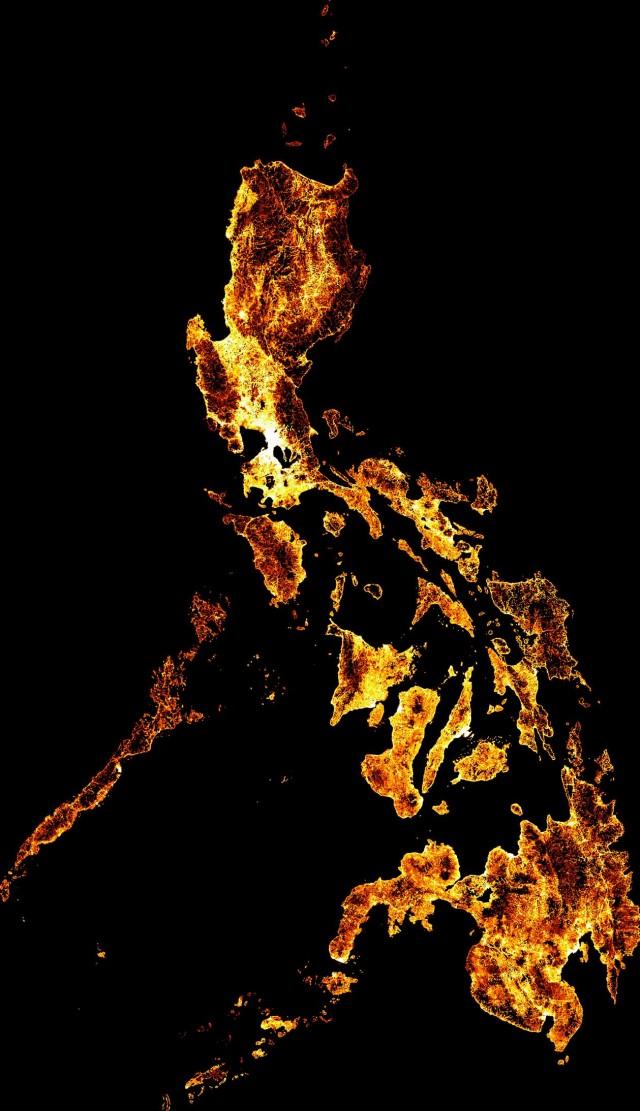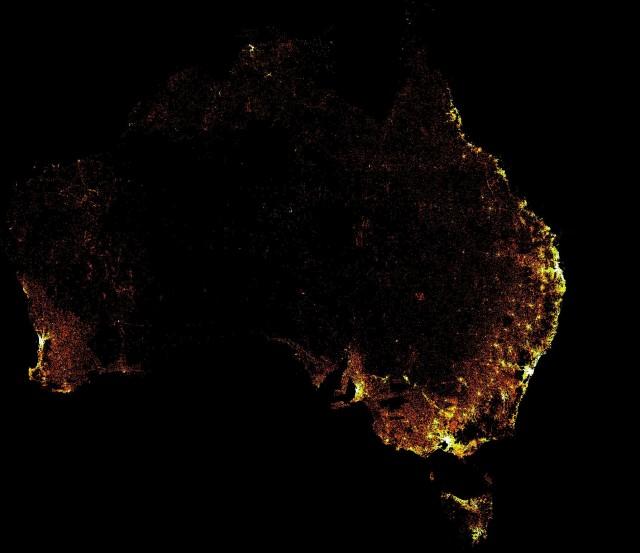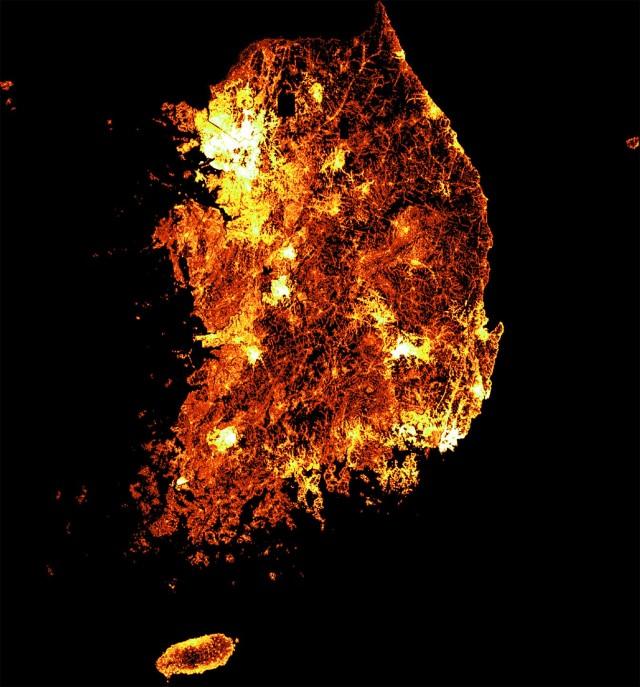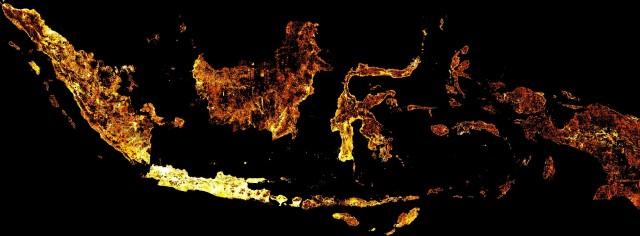Facebook AI researchers create the world's most detailed population density maps for Asia Pacific
Facebook is working closely with key non-profit and research partners to use artificial intelligence (AI) and big data to address large-scale social, health and infrastructure challenges in Asia and accelerate achievement of the sustainable development goals.
Facebook is applying the processing muscle of its compute power, its extensive data science skills and its expertise in AI to create the world’s most detailed and accurate maps of local populations. Facebook also partners with Columbia University’s Center for International Earth Science Information Network (CIESIN) to ensure that this effort leverages the best available administrative data for all countries involved.
By combining these publicly and commercially available datasets with Facebook’s AI capabilities, Facebook has created population maps that are 3X more detailed than any other source. The high resolution population density maps will show an estimate of the number of people living within 30-meter grid tiles, and include the number of children under five, as well as the number of women of reproductive age, and other helpful demographics.
Facebook's population density maps can improve how nonprofits do their work, how researchers learn, and how policies are developed. Building data products from non-personal data sources like satellite imagery and census data allows Facebook to share its data science and compute power with the world while protecting privacy.
High-resolution satellite imagery already exists for much of the world. However, prior to Facebook’s mapping project, it would have required countless hours for volunteers to comb through millions of square miles of pictures to identify which contained a tiny town or remote village.
The Facebook team used AI to solve that problem, efficiently crunching through data at a petabyte scale. For Philippines, for example, the computer vision system examined 164 million individual images to determine whether they contained a building. The team found approximately 5.5 million building locations in just a few days.
“Since I first started my humanitarian career in the Peace Corps up until just a few weeks ago speaking with experts at the 2019 World Health Assembly in Geneva, a common need is accurate population data,” says Alex Pompe, a research manager at Facebook.
“These maps showcase the power of collaboration between Facebook and top research institutions like Columbia University to combine public data sources and machine learning to empower more data-driven humanitarian projects around the globe.”
Using its machine learning capabilities, Facebook started developing population density maps to provide better tools to support connectivity efforts around the world. No Facebook data is used in the project and the census and satellite data used contain no personally identifiable information.
The latest map for Philippines can be downloaded on Facebook’s page on Humanitarian Data Exchange. To learn more about Facebook’s work on high resolution population density maps and other efforts in data for good, please visit the project website here.

The above visual shows the distribution of the female population across the Philippines, drawn from a combination of Census data and satellite imagery. This map can be helpful to health organizations doing outreach and service delivery for maternal health and family planning as well as by NGOs focused on women’s empowerment or lending programs targeted to female entrepreneurs.

The above visual shows the distribution of women of reproductive age (ages 15-49) across Australia, drawn from a combination of Census data and satellite imagery. This map can be helpful to health organizations doing outreach and service delivery for maternal health or family planning.

The above visual shows the distribution of the elderly population (ages 60+) across Japan, drawn from a combination of Census data and satellite imagery. This map can be helpful to health organizations doing outreach and service delivery for chronic conditions and other challenges facing older populations.

The above visual shows the distribution of the female population across Korea, drawn from a combination of Census data and satellite imagery. This map can be helpful to health organizations doing outreach and service delivery for maternal health and family planning as well as by NGOs focused on women’s empowerment or lending programs targeted to female entrepreneurs.

The above visual shows the distribution of the male population across Indonesia, drawn from a combination of Census data and satellite imagery. (30)





